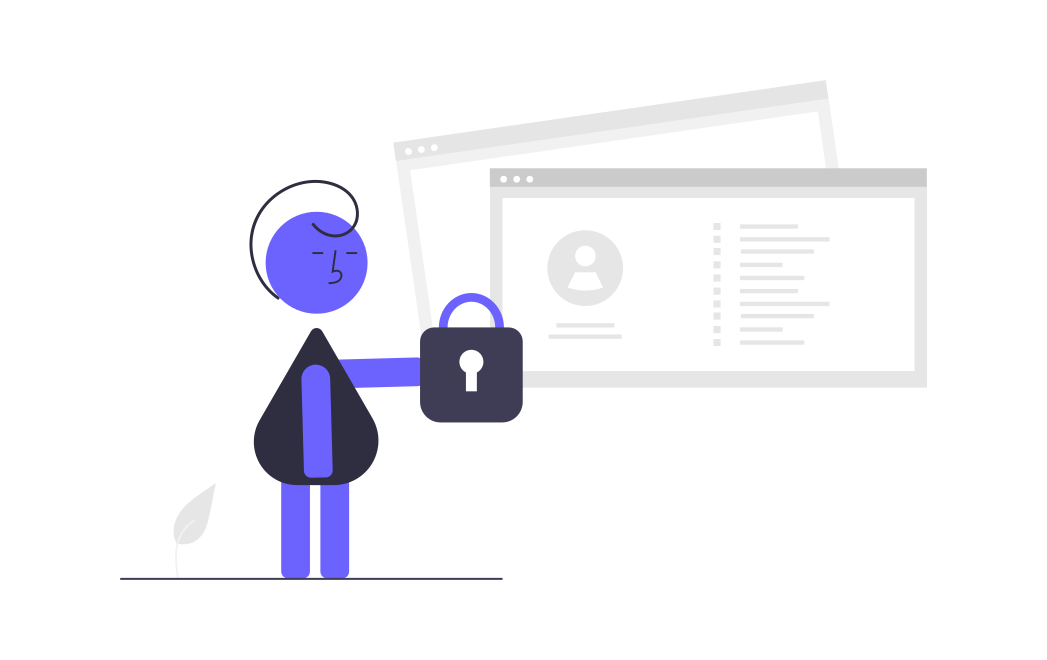Introduction
As cryptocurrencies continue to gain popularity, having a secure and reliable crypto wallet has become essential. A crypto wallet acts as a digital vault, enabling users to store, send, and receive their digital assets securely. In this article, we will provide you with a step-by-step guide on how to set up a crypto wallet and ensure the safety of your funds.
Understand the Types of Crypto Wallet
Before setting up a crypto wallet, it's crucial to understand the different types available.
a. Software Wallets: These wallets are software applications installed on your computer or mobile device. They can be further categorized as desktop wallets (installed on a PC or laptop) or mobile wallets (installed on a smartphone).
b. Web Wallets: Web-based wallets are accessible through a web browser. They are hosted by third-party service providers and offer convenient accessibility from any device with an internet connection.
c. Hardware Wallets: These are physical devices specifically designed to secure your cryptocurrencies. They offer offline storage and are considered one of the most secure options available.
d. Paper Wallets: Paper wallets involve printing private and public keys on a physical piece of paper. They are considered a form of cold storage but require caution to prevent loss or damage.

How To Set Up a Wallet
Choose a Crypto Wallet:
Once you understand the different types of wallets, you need to choose the one that suits your needs. Consider factors such as security, convenience, and the cryptocurrencies you plan to store.
Download or Access the Wallet:
If you choose a software wallet, visit the official website or app store of the wallet provider to download the application. For web wallets, navigate to the provider's website and create an account. Hardware wallets require purchasing the physical device from a trusted retailer.
Install and Set Up the Wallet:
For software wallets, follow the installation instructions provided by the wallet provider. Ensure you download the wallet from the official source to avoid phishing attempts. During the setup process, you will be asked to create a secure password or PIN, which should be strong and unique.
Write Down Your Seed Phrase:
Most crypto wallets, especially software and hardware wallets, generate a seed phrase (also known as a recovery phrase or mnemonic phrase) during the setup process. This phrase consists of a series of words that act as a backup to recover your wallet if it gets lost, stolen, or damaged. Write down the seed phrase on paper and store it in a safe and secure location. Never share your seed phrase with anyone.
Secure Your Wallet:
Take steps to enhance the security of your crypto wallet:
a. Enable two-factor authentication (2FA): Two-factor authentication adds an extra layer of security to your wallet by requiring a second verification step, typically through a mobile app or SMS.
b. Keep your wallet software up to date: Regularly update your wallet software to ensure you have the latest security patches.
c. Use a hardware wallet for large holdings: If you plan to store a significant amount of cryptocurrencies, consider investing in a hardware wallet for added security.
d. Receive and Send Cryptocurrencies:
To receive cryptocurrencies, your wallet will provide you with a unique public address. Share this address with the sender to receive funds. To send cryptocurrencies, input the recipient's public address and specify the amount you want to send. Double-check the address to avoid sending funds to the wrong recipient.
Conclusion
Setting up a crypto wallet is a fundamental step for anyone venturing into the world of cryptocurrencies. By following the steps outlined in this guide, you can establish a secure wallet to store and manage your digital assets effectively. Remember to prioritize security measures, such as using strong passwords, enabling two-factor authentication, and regularly backing up your wallet. Safeguarding your crypto is solely your responsibility and should not betake lightly.


